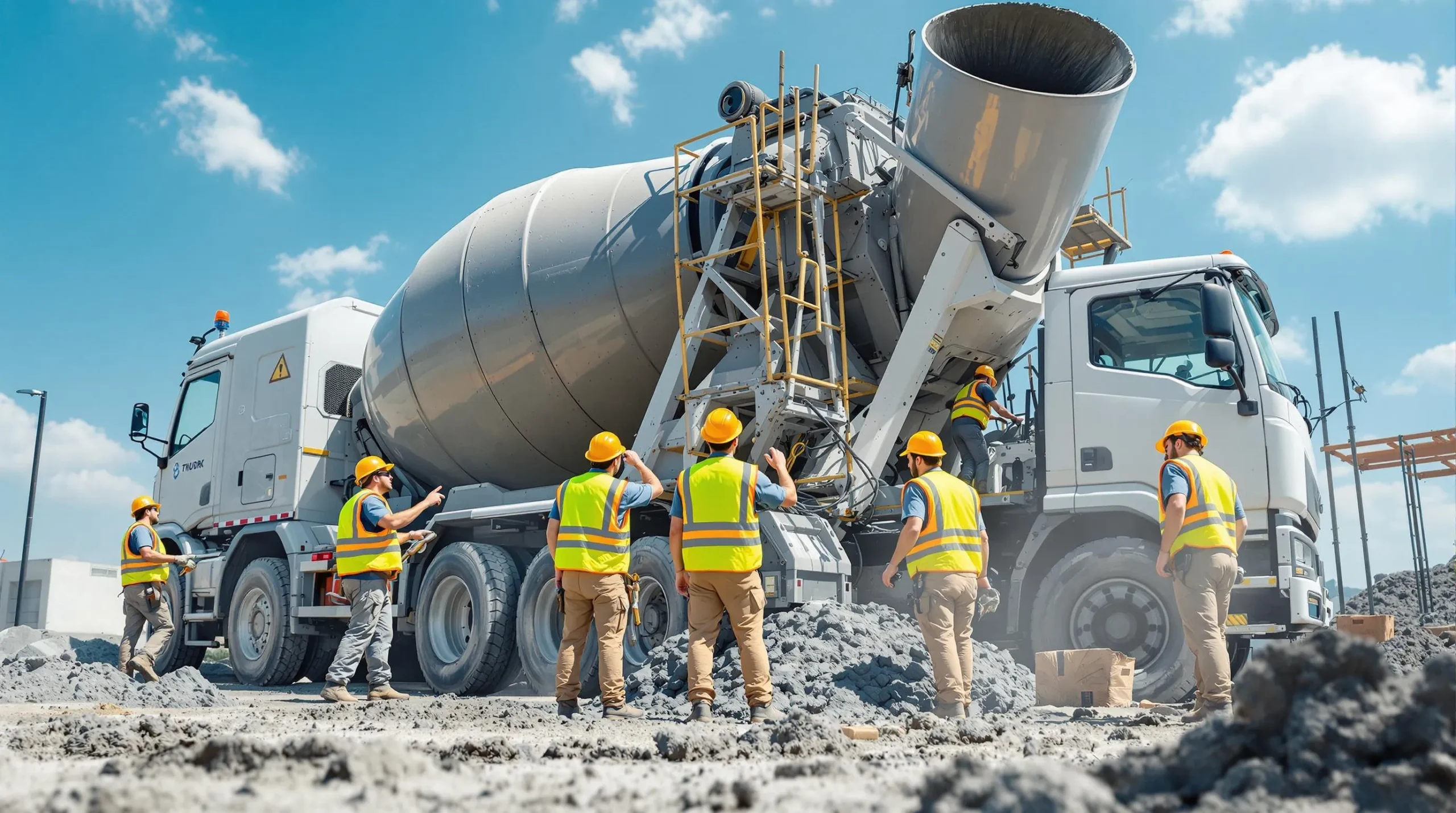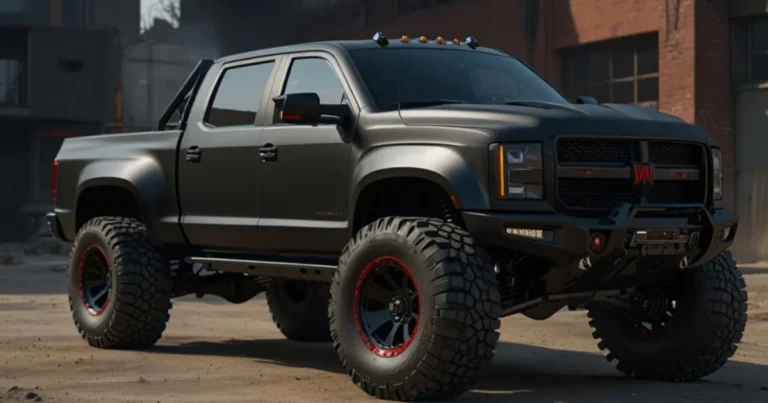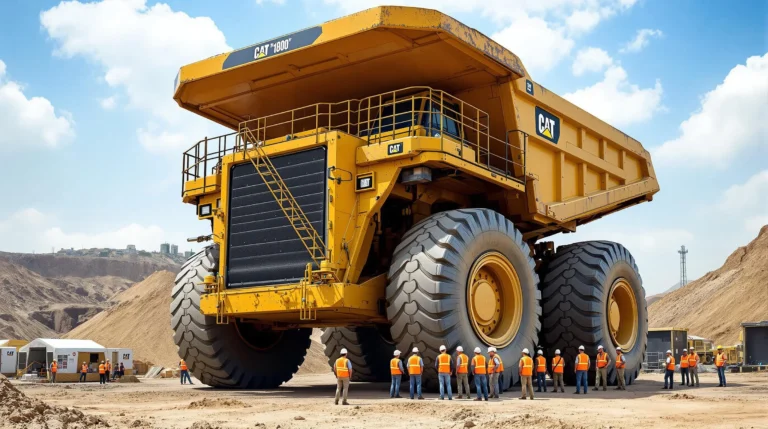Cement Truck Guide: 7 Amazing Facts About These Powerful Machines
Ever seen a cement truck rumble down the street and wondered about the magic happening inside that rotating drum? These vehicles are more than just big machines; they’re essential to building the world around us. From the foundations of our homes to the towering skyscrapers that define city skylines, the cement truck plays a vital, yet often overlooked, role.
The Heart of Construction: Understanding Concrete Mixers
At its core, a cement truck is a specialized vehicle designed to transport and mix concrete. You might also hear them called concrete mixer car or even a toy cement mixer truck when talking about the miniature versions kids love. But the real deal is a marvel of engineering. The large rotating drum is the key. Inside, a series of blades constantly churn the ingredients – cement, water, sand, and gravel – ensuring they don’t harden prematurely. This constant agitation is crucial for delivering mixed concrete that’s ready to pour at the construction site.
Think about it: without these mobile mixing plants, construction projects would face significant delays and logistical nightmares. Imagine trying to mix large batches of concrete on-site for a major highway overpass. The cement truck solves this problem, bringing the freshly mixed material directly where it’s needed, when it’s needed.
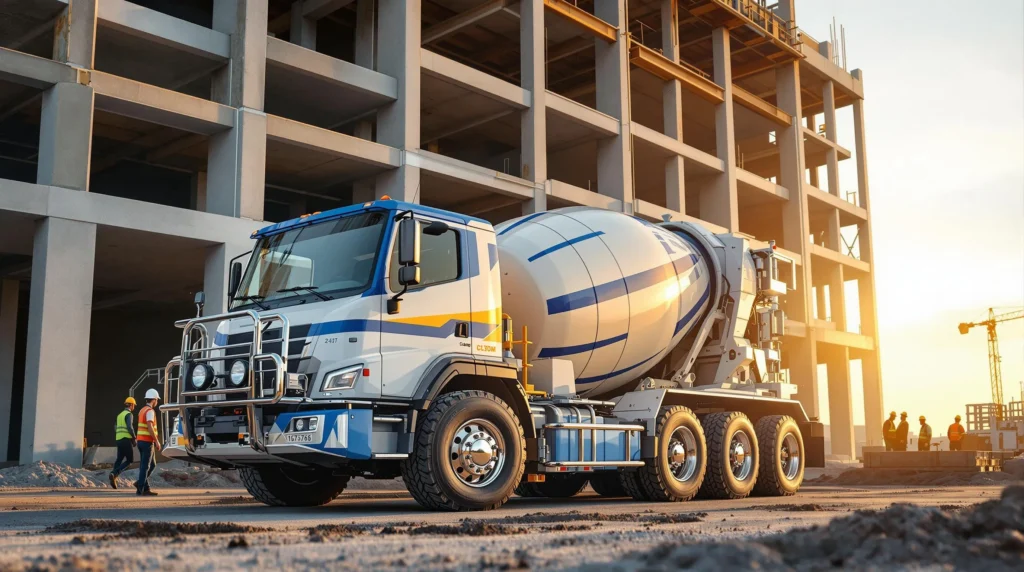
For detailed insights into cement transport planning and logistics, see this comprehensive guide from Stuck Arch
Beyond the Barrel: Types of Cement Trucks
While the iconic rotating drum is the defining feature, not all cement trucks are created equal. There are different types designed for specific tasks and environments.
- Standard Transit Mixers: These are the most common type you’ll see. They mix the concrete ingredients as they travel to the job site.
- Volumetric Mobile Mixers: These trucks carry the raw materials separately and mix the concrete on-site, allowing for adjustments to the mix design and reducing waste.
- Truck-Mounted Concrete Pumps: These combine the mixing function with a pump, allowing concrete to be delivered to hard-to-reach areas, like upper floors of buildings.
The choice of concrete mixers depends on the scale and requirements of the project. For smaller jobs, a standard transit mixer might suffice. However, for large infrastructure projects, volumetric mixers or pump trucks offer greater flexibility and efficiency. Speaking of efficiency, if you’re curious about the lifespan of vehicles in demanding jobs, you might find our article on the 2025 caterpillar pickup truck interesting, as it explores the durability of another tough workhorse.
Learn more about why cement trucks need to keep their drums spinning in this detailed explanation from Struck With Trucks.
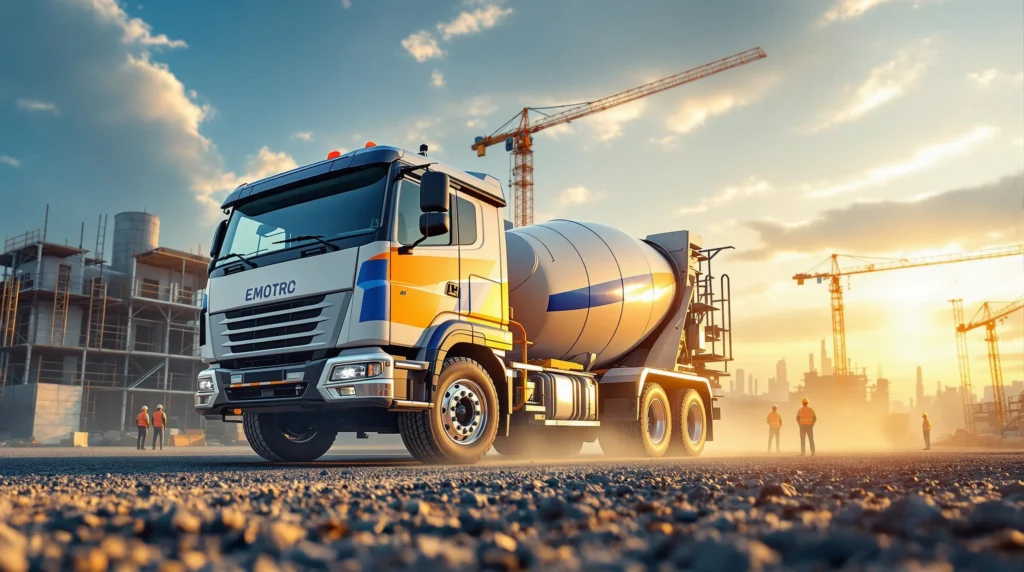
The Journey of Concrete: From Plant to Pour
The life of a cement truck starts at a concrete batching plant. Here, precise amounts of raw materials are loaded into the drum. Water is often added later, either at the plant or on the way to the site, to prevent the cement from starting to set too early.
The journey to the construction site is a carefully orchestrated dance against time. The mixed concrete has a limited lifespan before it becomes unusable. Drivers need to navigate traffic and road conditions to ensure timely delivery. Once on-site, the truck positions itself for pouring, often using chutes or pumps to direct the flow of concrete. After the pour, the drum needs to be thoroughly cleaned to prevent hardened concrete from sticking, a task that’s crucial for the truck’s continued operation. You can see how important these vehicles are to various industries, much like the trucks discussed in our piece on bulk trucker hats, which highlights the gear essential for those in the transportation sector.
The Future of Cement Trucks: Innovation on the Road
The world of cement trucks isn’t static. Innovations are constantly being introduced to improve efficiency, safety, and environmental impact.
- Electric Cement Trucks: As the automotive industry moves towards electrification, so too is the construction sector. Electric cement trucks offer the promise of reduced emissions and quieter operation.
- Smart Technology: Sensors and data analytics are being integrated to monitor concrete consistency, track delivery times, and optimize routes.
- Improved Mixing Technologies: Engineers are continually working on new drum designs and mixing techniques to ensure consistent and high-quality mixed concrete.
These advancements are not just about making the job easier; they’re about building a more sustainable future. Just as the automotive world sees competition and innovation, as discussed in our comparison of Rivian vs Tesla, the cement truck industry is also driven by the need for better performance and environmental responsibility.
Global Cement reports that the industry is making significant strides in reducing transport CO2 emissions, with many companies transitioning to reduced-emission trucks.
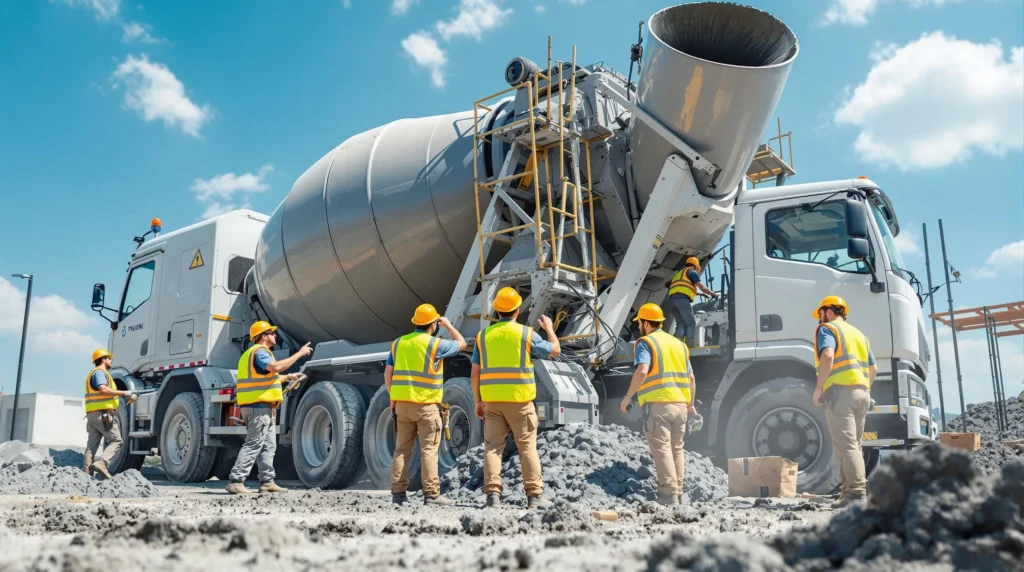
More Than Meets the Eye: The Impact of Cement Trucks
The next time you see a cement truck, take a moment to appreciate the vital role it plays in our daily lives. These rolling giants are the unsung heroes of construction, enabling the creation of the infrastructure we rely on. From the roads we drive on to the buildings we live and work in, the cement truck is an indispensable part of the modern world. And while we’re talking about the power these vehicles possess, it’s interesting to consider how even personal vehicles are adapting to new technologies, as seen in the discussion about using a Hummer EV SUV adapter for a Tesla Supercharger.
Conclusion: The Indispensable Cement Truck
From the initial mixing of raw materials to the final pour on a construction site, the cement truck is a critical piece of the puzzle. Whether you call it a concrete mixer car or fondly remember playing with a toy cement mixer truck, its real-world impact is undeniable. These machines, constantly evolving with new technologies, ensure that we have the foundations for a growing and developing world.
What are your thoughts on the role of cement trucks in construction? Share your comments below! If you’re interested in other heavy-duty vehicles and their applications, you might also enjoy our article on how to download American Truck Sim mods.
Let me know if you would like any adjustments or further refinements to this article!
There are no reviews yet. Be the first one to write one.

